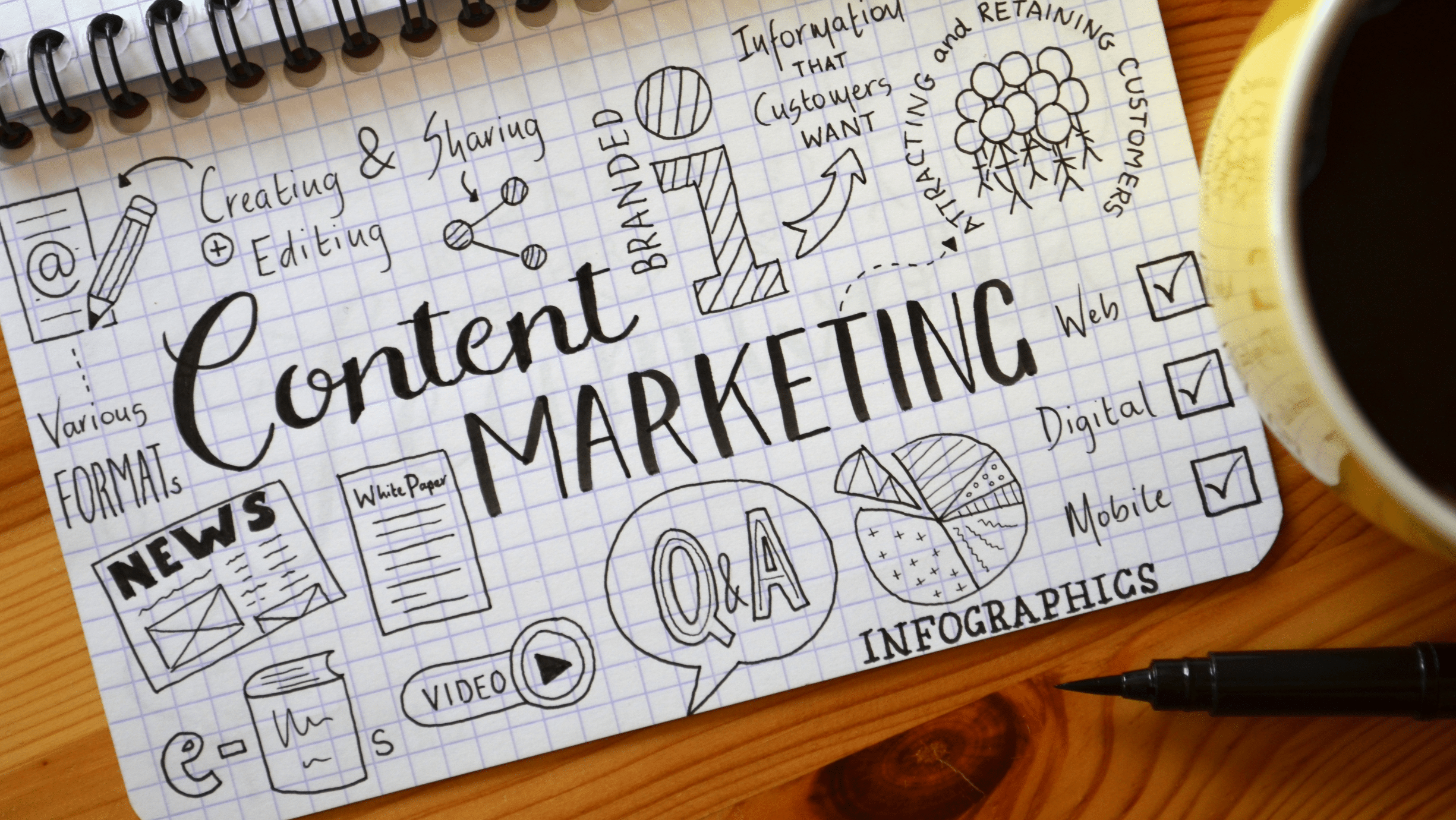The holiday season is approaching fast, and your focus is likely on attracting new shoppers. But what about the customers who already know you? Many businesses have a list of inactive customers, people who bought something once and then disappeared. It’s like they’ve ghosted you. Leaving these relationships to fade is a missed opportunity, especially when acquiring a new customer can cost five times more than retaining an existing one.
This post will guide you through simple and effective ways to win back those inactive customers. We will explore how to identify them, understand why they left, and create targeted campaigns to bring them back into your store. You will learn practical strategies to turn silent subscribers into active shoppers just in time for the holiday rush.
Understanding Your Inactive Customers
Before you can win back inactive customers, you need to know who they are. An inactive customer isn’t just someone who hasn’t bought from you in a week. The definition depends on your business and its natural sales cycle.
Defining Inactivity for Your Store
For a store selling coffee, a customer might be considered inactive after 60 days without a purchase. For a business selling mattresses, the window could be several years. Look at your sales data to find the average time between purchases. A good starting point is to label customers who haven’t engaged or purchased in 90 to 180 days as inactive. Segmenting these customers allows you to tailor your re-engagement efforts effectively. You can learn more about customer segmentation with helpful guides like this one from HubSpot.
Why Do Customers Go Silent?
Customers stop buying for many reasons. Sometimes, it has nothing to do with your brand. They might have a change in financial situation, no longer need your product, or simply forgot about you.
However, some reasons are within your control. A poor customer service experience, high shipping costs, or a competitor’s better offer can all lead to churn. Sending a simple survey to a segment of your inactive list can provide valuable feedback. You could ask, “What could we do to improve your experience?” The answers can help you fix underlying issues and prevent future customers from leaving.
Crafting a Winning Re-Engagement Strategy
Once you have identified your inactive audience and have some ideas about why they left, you can start building your campaign. A one size fits all approach rarely works. Personalization is key.
The “We Miss You” Email Campaign
Email remains one of the most powerful tools for re-engagement. A well crafted email sequence can remind customers of your brand and give them a reason to return.
Start with a simple, friendly email with a subject line like, “We’ve Missed You, [Customer Name]!” or “Is This Goodbye?” In the email, acknowledge their absence and remind them of the value your brand offers. You could highlight new products, showcase your brand’s mission, or remind them of a past purchase they loved.
For example, the language learning app Duolingo is famous for its re-engagement notifications. Its mascot, Duo the owl, sends playful messages that create a sense of lighthearted urgency, encouraging users to come back and continue their lessons. Your eCommerce store can adopt a similar friendly tone.
The Irresistible Offer
Sometimes, a gentle nudge isn’t enough. You need to make them an offer they can’t refuse. This is where a special discount or exclusive deal comes in.
Consider sending a “Welcome Back” discount, such as 20% off their next purchase or free shipping. To create urgency, make the offer time sensitive. For instance, “This special offer expires in 48 hours!” This encourages immediate action. You can see how we at MoDuet help businesses structure these kinds of promotional campaigns.
Skincare brand Glossier once sent an email to inactive customers offering a free, popular product with their next purchase. This not only brought customers back to their site but also reminded them of the quality they were missing.
Showcase What’s New and Improved
Customers may have left because your product selection felt stale or they had a frustrating experience with your website. If you’ve made improvements, tell them about it!
Send an email highlighting new arrivals, restocked bestsellers, or recent upgrades to your store. Did you launch a new collection? Did you add a new payment option like Afterpay? These are all great reasons to get in touch. A subject line like, “You Asked, We Listened” or “Come See What’s New at [Your Brand]” can grab their attention.
Expanding Beyond Email
While email is a great channel, you can reach inactive customers in other places too. A multi channel approach increases the chances of your message being seen.
Retargeting Ads on Social Media
Use your inactive customer list to create a custom audience for social media ads on platforms like Facebook and Instagram. You can show these users ads featuring your special re-engagement offer or showcasing new products. Seeing your brand appear in their social feed is a powerful reminder. These ads often have a high return on investment because you are targeting people who are already familiar with your brand.
SMS Marketing for a Personal Touch
If you have customers’ phone numbers and their consent, SMS marketing can be very effective. A text message feels more personal and has an incredibly high open rate, often over 98%.
You could send a text like: “Hi [Customer Name]! We noticed you haven’t shopped with us in a while. Here’s 15% off to welcome you back. [Link to store].” Keep it short, personal, and valuable. Don’t overuse this channel, as it can feel intrusive if not done correctly.
Preparing for the Holiday Season
Re-engaging customers now sets you up for a successful holiday season. Once a customer makes that second purchase, they are far more likely to become a loyal, long term shopper.
Clean Your Email List
If a segment of your inactive customers doesn’t respond to your re-engagement campaign, it might be time to let them go. Continuously sending emails to unengaged contacts can hurt your sender reputation and deliverability rates. This means your emails are more likely to end up in the spam folder for everyone.
Consider a final “breakup” email. Be polite and give them a clear option to stay subscribed. If they still don’t engage, remove them from your list. This practice, known as list hygiene, is essential for effective email marketing. Learn more about maintaining a healthy list from resources like Mailchimp’s guide.
From Inactive to Loyal
Don’t view re-engagement as a one time effort. Integrate it into your overall marketing strategy. By paying attention to customers who are drifting away and taking proactive steps to win them back, you build a more resilient business.
These re-engaged customers are valuable. They already know your brand, and with a little encouragement, they can become some of your best advocates. Winning them back before the holidays gives you a larger, more engaged audience ready to shop when the festive season kicks off. So don’t ghost your customers; invite them back and show them they are still valued.
We Want To Talk To You About Your Marketing Goals.
Let’s Supercharge Your Online Growth!











